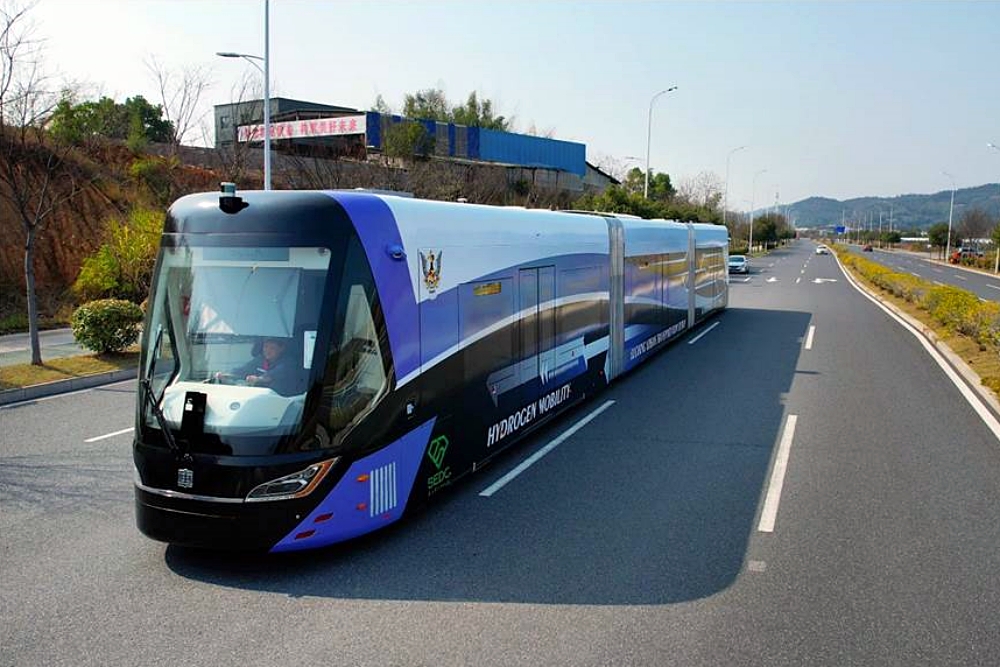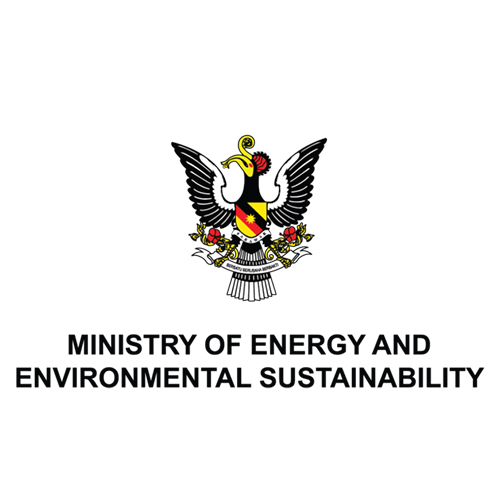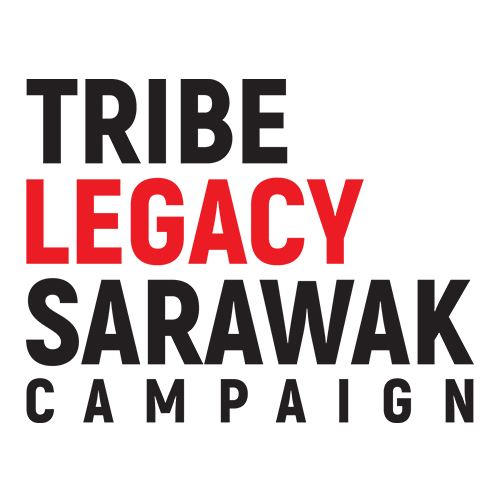KUCHING (March 19): The Sarawak state government’s investment into hydrogen power and its hydrogen-powered Autonomous Rapid Transit (ART) system is expected to generate tremendous spillover into the local economy.
In a thematic report on March 18, analysts at Kenanga Investment Bank Bhd’s research arm (Kenanga Research) pointed out that the development of hydrogen technology in the state remains a costly endeavour at this juncture and that the current governmental investments into the field are crucial to support its early development phase in Sarawak.
Its analyst Lim Sin Kiat opined that with consistent governmental investment into the field, Sarawak is expected to be able to leverage on the potential exponential growth cycle within the hydrogen ecosystem once the technology proves to be commercially viable in the future.
Once green hydrogen production has scaled up, he believes the export market could be substantial for Sarawak with key potential clients being Korea and Japan, which may be likely to pay a premium for green hydrogen to power their economies.
“This might boost the Sarawak state’s income in the longer run, which eventually will lead to more reinvestments into the state,” Lim said.
Currently there are two major planned hydrogen plants in Bintulu’s H2 Hub: the H2ibiscus and the H2ornbill.
The H2ibiscus plant, which is a collaboration with Korean partners Lotte Chemical and Korean National Oil Corporation, is expected to have an annual production capacity of 150,000 metric tonnes (MT) of hydrogen.
The plant, which is slated to begin commercial operations by 2028, will also have an accompanying green ammonia conversion facility that is capable of producing 850,000 MT of ammonia annually.
The H2ornbill project, which is currently still in design stages and expected to be commercially operational by 2030, will be a collaborative effort with Japanese partners Sumitomo Corporation and Eneos Corporation.
While it may be a while before the local hydrogen export market picks up, Lim opined that local entities and the local economy can still expect to see some positive spillover effects from the green hydrogen investments in the near-term.
“Local entities are likely to gain indirectly through construction activities and the fabrication of steel structures, benefiting from the state’s investment in hydrogen infrastructure.
“Already, civil contractors, engineering consultants, and suppliers of building materials have benefitted such as HSS Engineers Bhd, Ibraco Bhd, and IJM Corporation Bhd,” the analyst said.
“We believe construction companies with a strong foothold in Sarawak could potentially also garner a slice of action such as Bina Puri Holdings Bhd, Kimlun Corporation Bhd, KKB Engineering Bhd, and Protasco Bhd.”
Lim added landowners and property developers along the ART alignment can also expect a slice of the action as the highly-anticipated Kuching Urban Transportation System (KUTS) project would significantly enhance the development potential of land along its alignment as it offers accessibility to public transport connectivity.
Thus far, Ibraco has emerged as the biggest real estate winner of the KUTS project as the planned SM05 ART station along the KUTS Blue Line will be in close proximity to the developer’s Atrium township as well as the Sarawak Heart Centre.
It was also announced that the developer has entered into a joint-venture (JV) with Sarawak Metro to develop The Northbank, an integrated riverside development that will offer both commercial and residential spaces in Samarahan.
Other potential real estate beneficiaries include Naim Holdings Bhd and Bina Puri, Lim said.
Currently, the RM6 billion phase 1 of the KUTS project, which covers 69.9km across the wider Kuching area has three planned three lines, the 12.3km Red Line from Kuching Sentral to Pending, the 27.6km Blue Line from Rembus to Hikmah, and the 30km Green Line from Pending to Damai Central.









